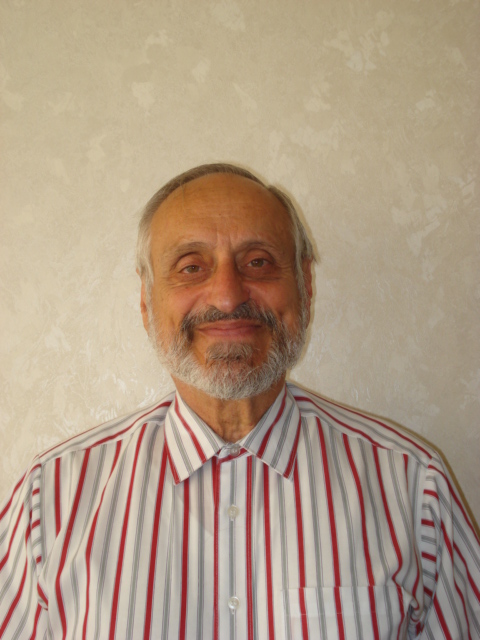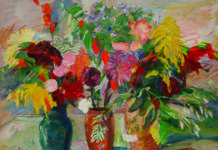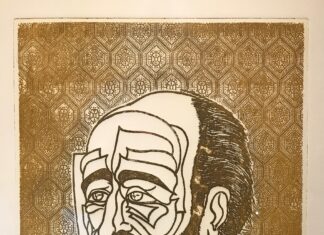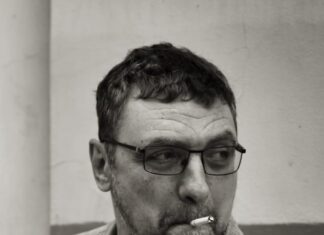By Artsvi Bakhchinyan
Special to the Mirror-Spectator
Mr. Setian, we first met a century ago (in 1990), while I was a third-year student at Yerevan State University (YSU). That was a difficult transitional time in the history of modern Armenia. The world around us was rapidly changing; and you were the first foreign professor who came to YSU to present lectures on American literature. Your classes were unprecedented for us because you utilized maps and other visual materials to enhance your lectures on literature. How was your experience in teaching at an Armenian university during the last years of the Soviet Union?
Well, first of all, on a personal level, it was a great satisfaction for me to finally be able to come to Armenia and teach at the university level. My position at YSU as a Senior Lecturer was the result of a teaching fellowship which I was awarded through the Fulbright-Hays program administered by the Department of State in America. Little did anyone know at that time that the USSR was going to collapse while I was in Soviet Armenia. In any case, it was a particularly challenging period in the life of our people in the homeland. However, I greatly enjoyed my contacts with hundreds of students and dozens of colleagues at YSU. I was particularly gratified that some students who were not even specializing in English would attend my lectures at the university. Living conditions were somewhat dark and grim; yet I always had good attendance in all my classes. I have fond memories from that period in my life, when I made new acquaintances and friends, like yourself, Artsvi.
Before meeting you, I was aware of you as an American-Armenian poet writing in English. But you were also writing poems in Armenian, which was unusual for the poets of your generation. This equal literary mastery of both languages is a rarity among American-Armenians. How did you manage to gain this ability?
The answer to this question of yours would require me to provide you with a mini-autobiography, which would be too lengthy for an interview of this sort, I think. But please allow me to present a few pertinent facts which might provide a sort of explanatory outline of my background. First of all, even though I was born in the USA (in the state of Massachusetts), I did not begin speaking English as a child. In our home Armenian was the only language spoken between children and parents. And this practice continued throughout my life. I NEVER spoke English with either my father or my mother. I began to learn English only after entering public school when our family relocated to California. (There were no regular Armenian schools anywhere in the USA at that time.) So I attended free American schools where all the instruction was conducted in English. But I always loved to speak Armenian. During my last year of study in senior high school in my hometown of Pasadena, California, all my American classmates were applying for admission to various universities all over the country; but I had heard about a Collège Arménien (Nichan Palandjian Jemaran) in Beirut, Lebanon, where it was possible to enroll at that time (1959) as a boarding student. The Armenian Relief Society (Հայ Օգնութեան Միութիւն) was offering special scholarships to young American citizens to go to that institution to master the Armenian literary language and become immersed in Western Armenian culture. Well, I applied for that scholarship; I was accepted; and thereafter I spent two very intense years of study at the Jemaran (the school which had been established by Levon Shant and Nikol Aghbalian decades before).










